ascites in cats merck
The Merck Manual was first published in 1899 as a service to the community. The physical examination may yield other clues as to the cause of the ascites.
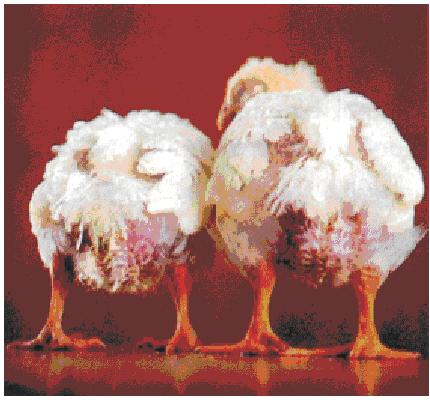
Ascites Syndrome Water Belly In Chickens
Ascites has many causes most of which can be very serious.

. The term transudate refers to low-protein fluid that has escaped from the intravascular space as a result of reduced oncotic or increased hydrostatic pressure. If you notice any of the below mentioned symptoms of ascites in cats we recommend consulting a veterinarian as soon as possible. Some of the symptoms you may notice include.
The name peritonitis gives you. Fluctuation and a fluid wave may be present. Most commonly it occurs due to contamination of the peritoneal cavity for example by perforation of the abdominal cavity by.
In cats ascites is caused by the leakage of fluid into the abdomen from blood vessels lymphatics internal. This condition occurs when there is an abnormal accumulation of fluid in the abdomen. Cats with peripheral edema swelling of the limbs may indicate a low protein level in the bloodstream another cause of fluid accumulation.
Ascites in cats can be caused by an osmosis spill through the blood vessels or the lymphatic system. In cats with ascites an abdominal swelling is commonly noticed. Cats with DCM typically present with severe respiratory signs due to pulmonary edema andor pleural effusion and clinical signs are often rapidly progressive and refractory to therapy.
Pleural effusion may be present most commonly in dogs with both left and right heart failure. Symptoms usually result from abdominal distention. Pathophysiology and Mechanisms.
The most noticeable sign of ascites is a distended abdomen which can be accompanied by abdominal pain. Ascites is free fluid in the peritoneal cavity. Symptoms may vary depending on the underlying cause of ascites and the amount of fluid in the abdomen.
Treatments include dietary sodium restriction diuretics and therapeutic paracentesis. Under normal circumstances portal pressure gradient decreases from 65 to 13 cm H 2 O to 3 to 35 cm H 2 O as it progresses from the hepatic triads through to the sinusoids central vein. Diuretic therapy should slowly reduce ascites without causing dehydration metabolic alkalosis or hypokalemia.
Abdominal pain and discomfort. A wide range of causes might be responsible for the ascites hence treatments may vary accordingly. The volume of the fluid can be quite subtle or it may be significant causing distention of the abdomen.
Cats with a heart murmur and weak pulses may have heart failure as the cause of their ascites. Some cats dont seem to be bothered by. In this article we will be.
It is a serious and often fatal condition. Diagnosis is based on physical examination and often ultrasonography or CT. Abdominal distention Difficulty breathing Coughing Loss of appetite Lethargy Vomiting Diarrhea High fever Changes in urinary or bowel habits Sudden weakness Sudden collapse or loss of consciousness.
In general the term ascites refers to serous abdominal fluid accumulation. Peritonitis is inflammation of the peritoneum the membrane that lines the abdominal cavity. In less severe cases fluid can be palpated between the intestinal loops.
Abdominal masses can sometimes be palpated reflecting omental and visceral adhesions or enlarged mesenteric lymph nodes. Ascites can be classified as one of several types of fluid most commonly pure or modified transudates or exudates. Conditions most commonly associated with peritoneal effusion in cats in order of frequency were cardiovascular disease neoplasia hepatic disease renal disease feline infectious peritonitis peritonitis attributable to other causes and urinary tract trauma.
Reducing ascites by 115 of total body wtday is recommended by initially using combined treatment with furosemide 12 mgkg PO bid and spironolactone loading dosage 24 mgkg 23 doses then 12 mgkg PO bid. It may have a slow or sudden onset. Congestive heart failure neoplasia feline infectious peritonitis and hepatic disease are among the most common causes of ascites in cats.
Abdominal effusion or ascites in cats is a medical condition which refers to the accumulation of fluid in the abdominal area of the cat. Abdominal pain Abdominal swelling Difficulty breathing Loss of appetite Lethargy Coughing Vomiting Diarrhea Weakness Fever Weight los which is most visible at the spine ribs and hips. Low blood protein levels this can be associated with significant liver kidney or intestinal disease Heart disease in particular heart conditions affecting the function of the right side Infections if due to a.
Even though ascites is a secondary sign of many conditions it can cause other symptoms and discomfort in your dog such as vomiting difficulty breathing lack of appetite panting and anemia. A highly fibrinous proteinaceous ascitic fluid in a cat would prompt consideration of FIP and coronavirus titres in association with alpha 1 antiglobulins albumin and globulin ratios should be pursued. Common symptoms include the following.
Common symptoms associated with Ascites in cats include. However diuretics may help in the meantime to increase renal clearance of fluid. Ascites is the abnormal accumulation of fluid in the abdominal cavity.
Merck Co Inc Kenilworth NJ USA is a global healthcare leader working to help the world be well. Another cause of ascites in cats feline infectious peritonitis or FIP is caused by a virus that thrives in white blood cells. The accumulation of fluid in the.
Symptoms Of Ascites In Dogs. Dilated cardiomyopathy DCM was the most common disease associated with peritoneal effusion. The most common cause is portal hypertension.
There are many different causes for ascites abdominal fluid which may include liver disease low blood albumin infections like FIP cancer unlikely in a cat this age among other causes. Ascites was noted in 35 of Newfoundlands with DCM in one study. Examples of the groups of conditions that can cause ascites include.
Without examining May and having some basic blood tests it is difficult to make a specific diagnosis. This might cause symptoms including loss of appetite abdominal discomfort as well as vomiting. Peritonitis may be short- or longterm localized or widespread.
From developing new therapies that treat and prevent disease to helping people in need we are committed to improving health and well-being around the world. Ascites may be a manifestation of either a transudate or a modified transudate. Ascites forms because of disruption of Starling forces in local capillary beds with diffusion of fluid across the serosa into the peritoneal cavity.
This can be especially important in puppies where. Fluid buildup can put pressure on the stomach and chest making it difficult for your cat to eat or breathe. Full faecal analysis with culture for Salmonella Campylobacter spp.
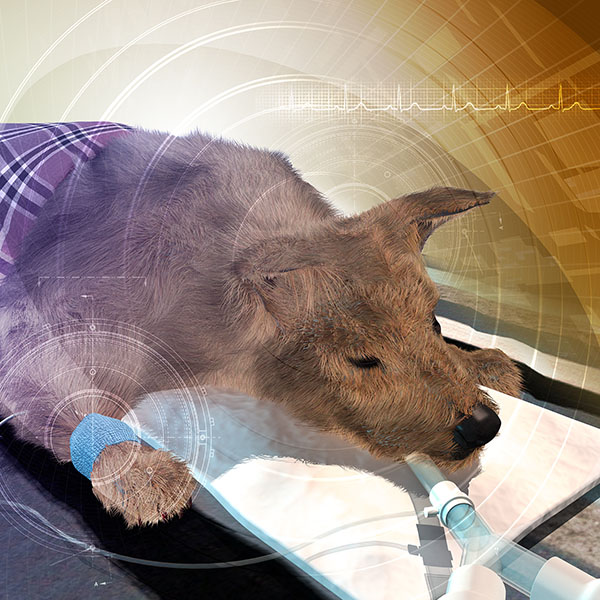
Tables Merck Veterinary Manual

Ascites Syndrome In Poultry Poultry Merck Veterinary Manual Poultry Diseases Veterinary Pets

Furosemide Injectable Solution 50mg Ml
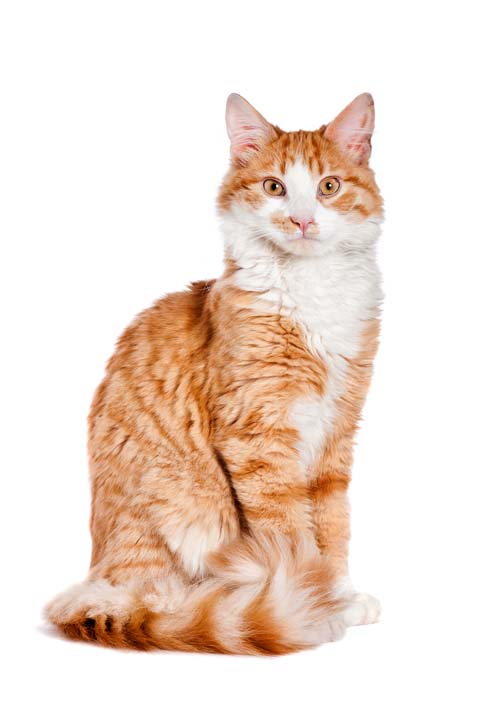
Tables Merck Veterinary Manual

Prehepatic Jaundice Jaundice Medical Dictionary Gastrointestinal Disorders

Salix Pharmaceuticals Products Merck Equine
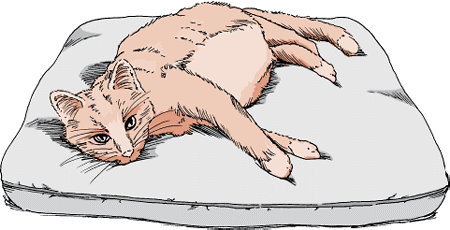
Disorders Of The Liver And Gallbladder In Cats Cat Owners Merck Veterinary Manual

Preventing Six Common Mistakes In Small Poultry Flocks College Of Veterinary Medicine At Msu

Merck Animal Health Salix Leedstone Com

Salix Furosemide Tablets For Dogs Cats 12 5 Mg 60 Tablets Chewy Com

Volume Overload Endocrine And Metabolic Disorders Merck Manuals Professional Edition
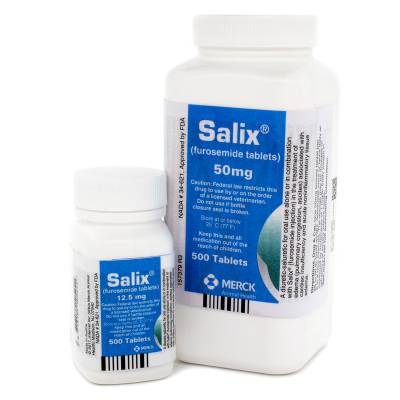
Furosemide For Dogs Salix For Dogs And Cats Vetrxdirect

Vetito Purchase Salix Tablets 12 5 Mg 1 Tablet

Cardiac Tumors In Dogs And Cats
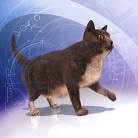
Disorders Of The Liver And Gallbladder In Cats Cat Owners Merck Veterinary Manual

Overview Of Feline Infectious Peritonitis Generalized Conditions Msd Veterinary Manual
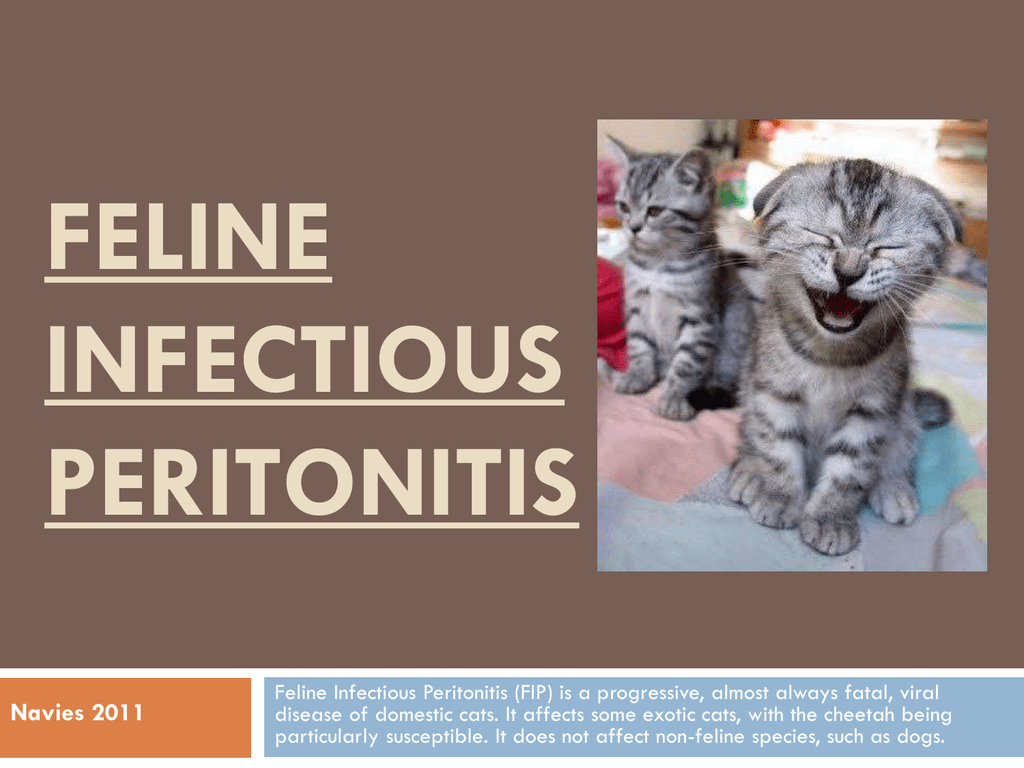
Feline Infectious Peritonitis Dr Brahmbhatt S Class Handouts
